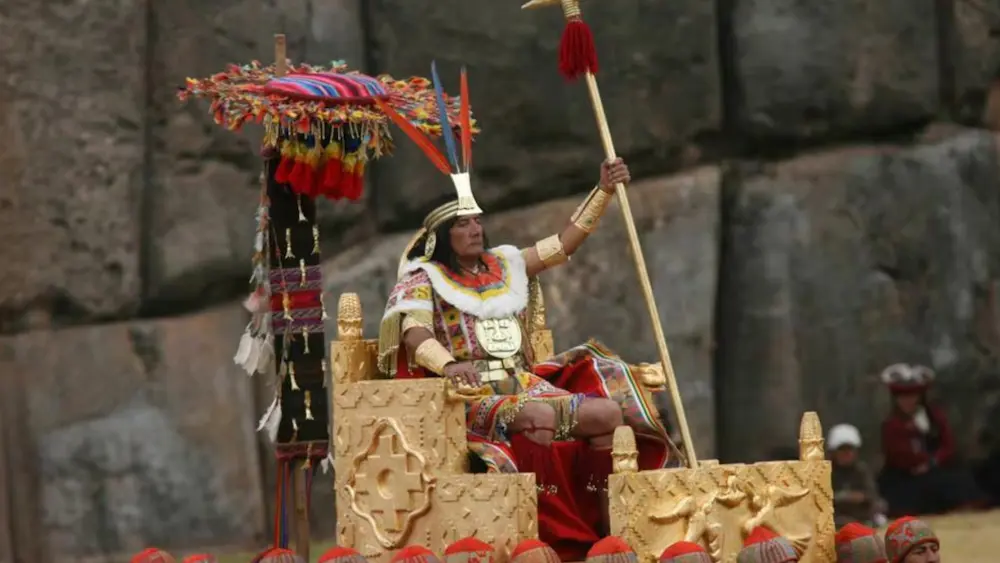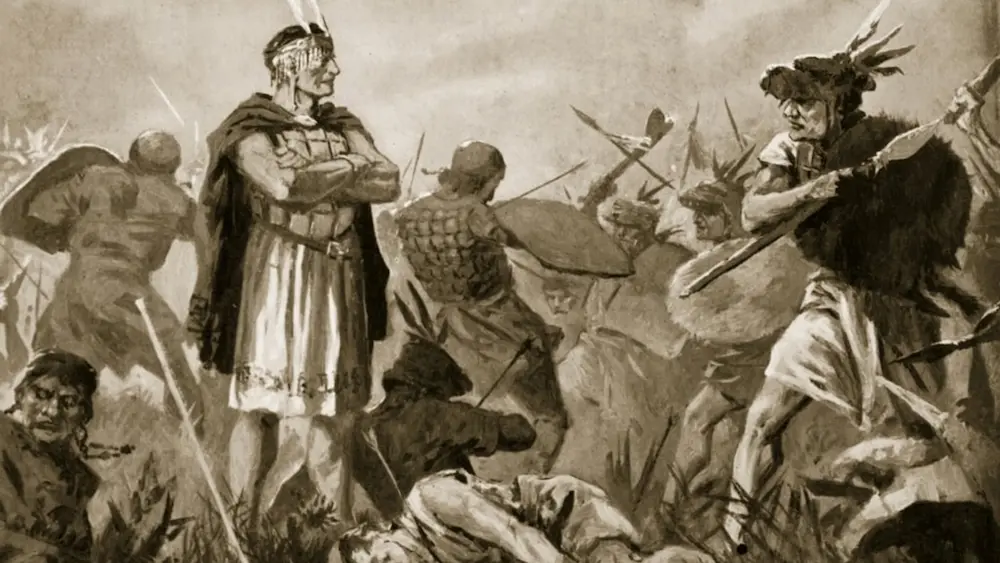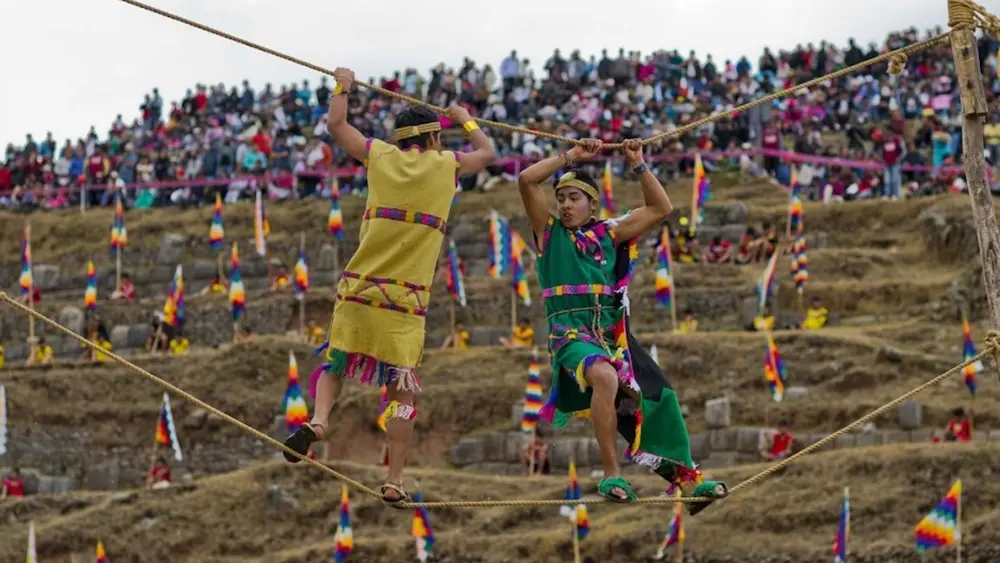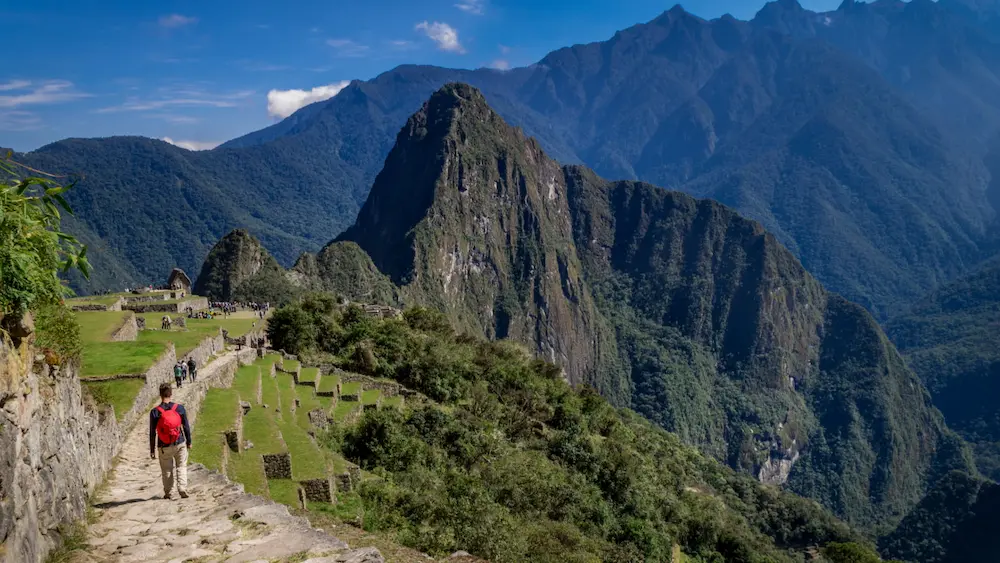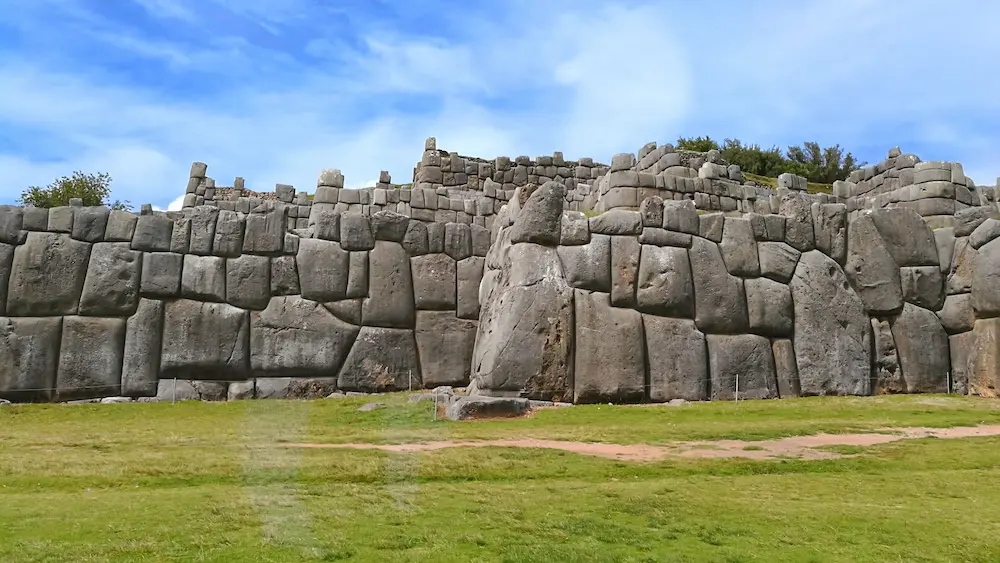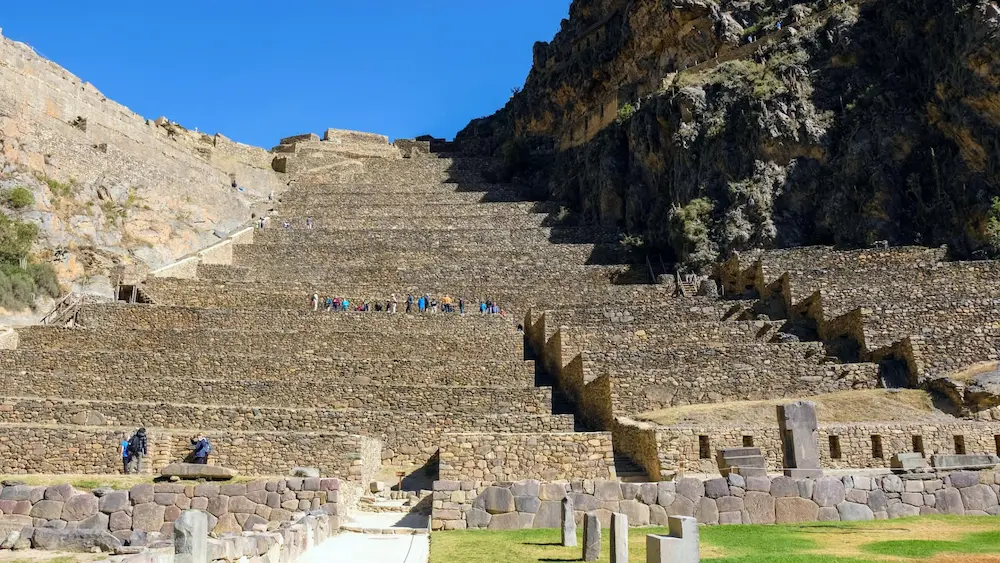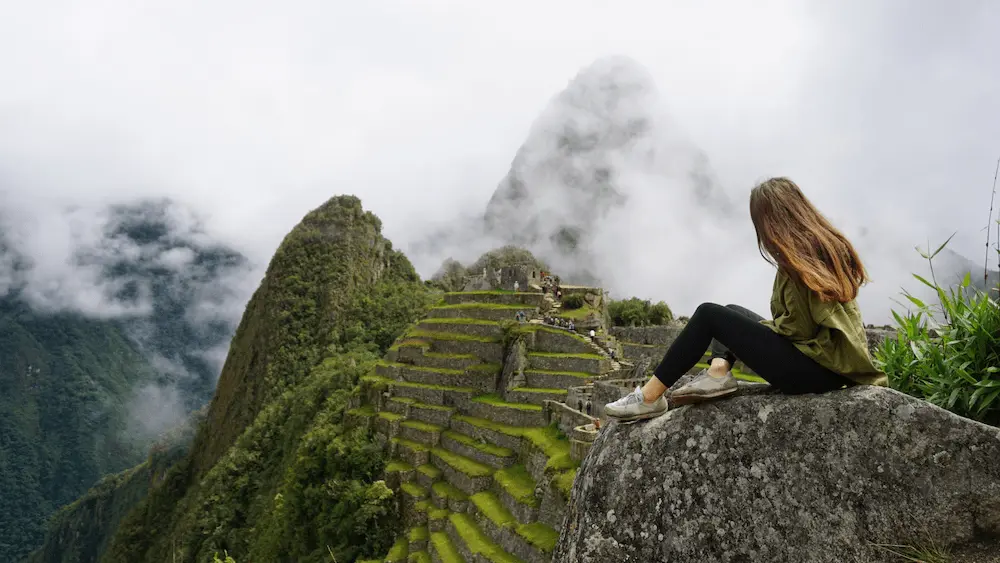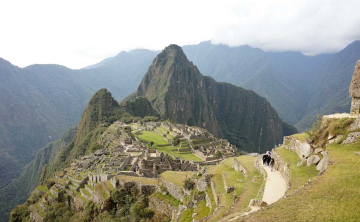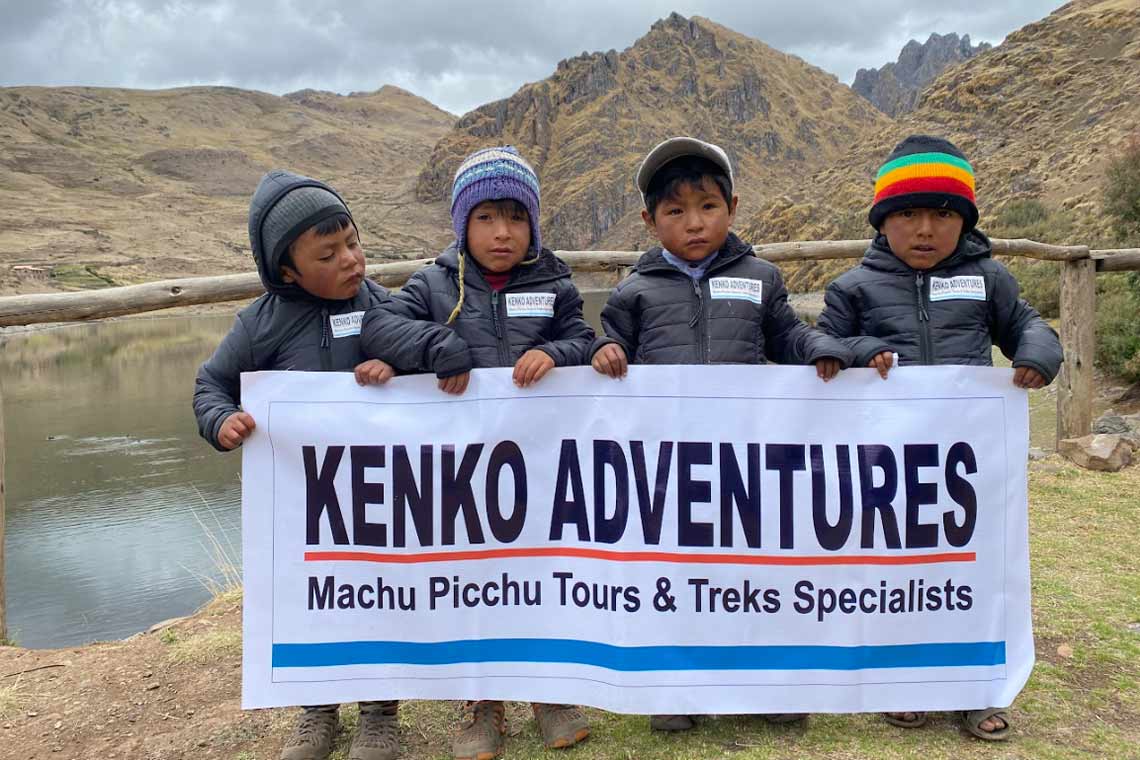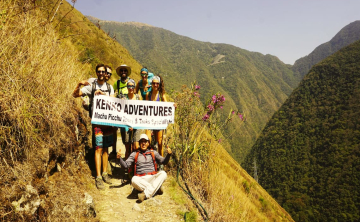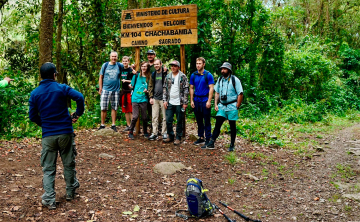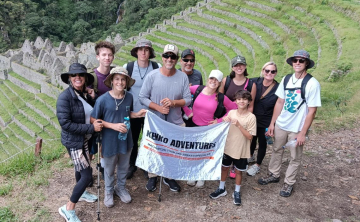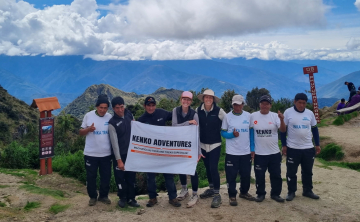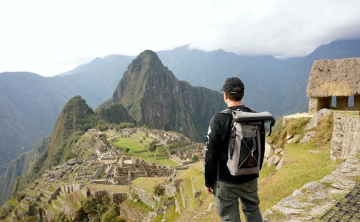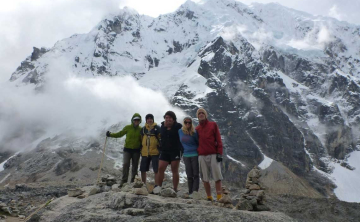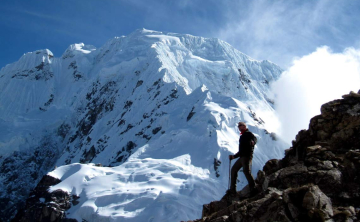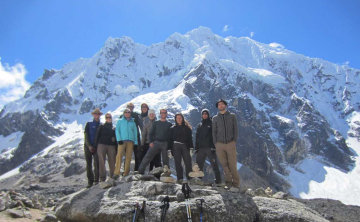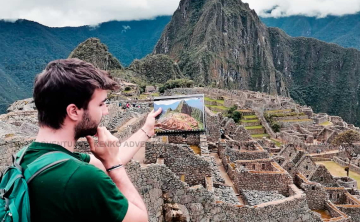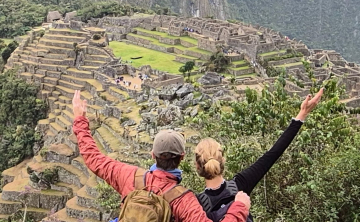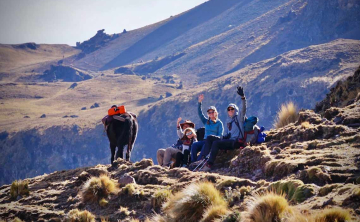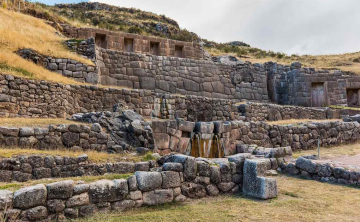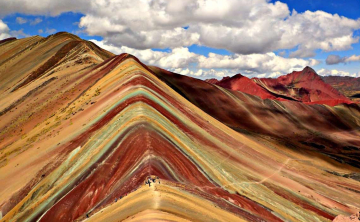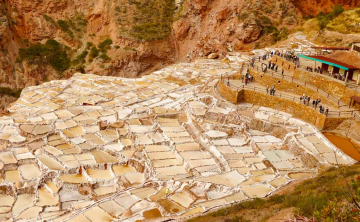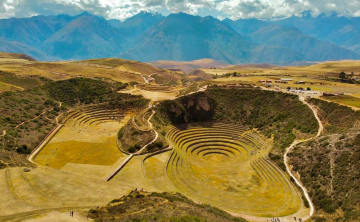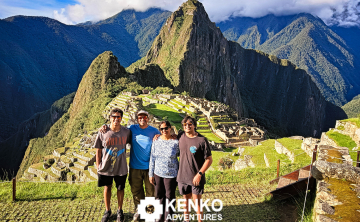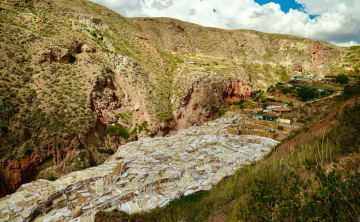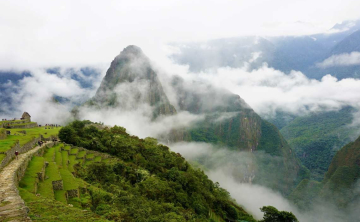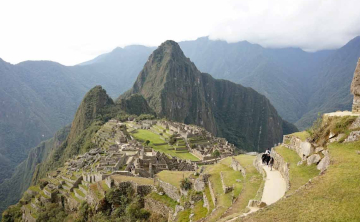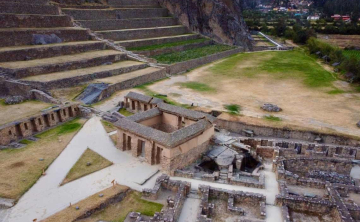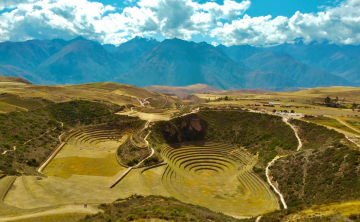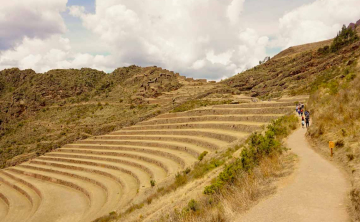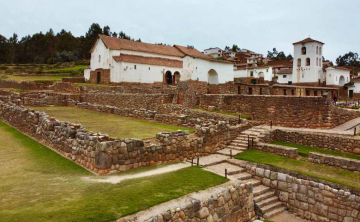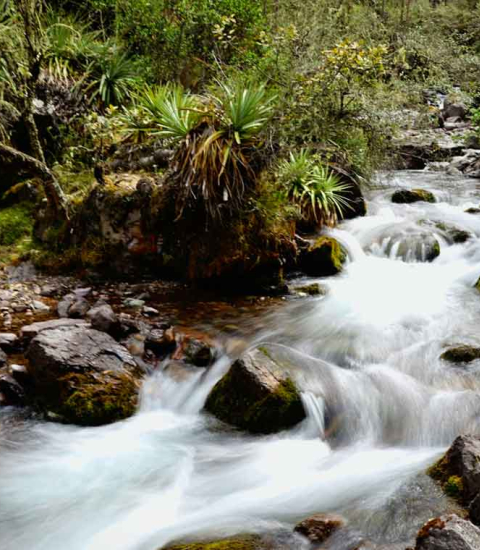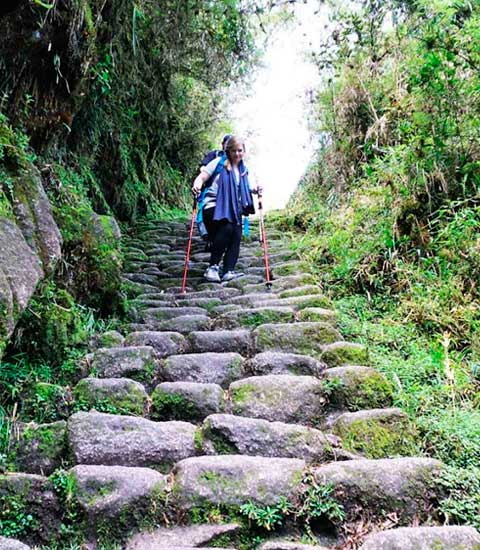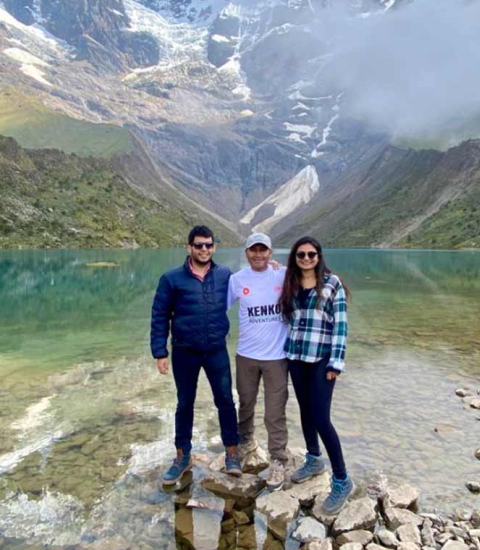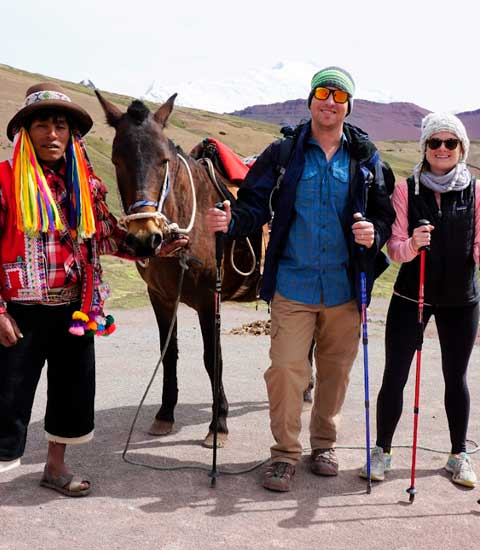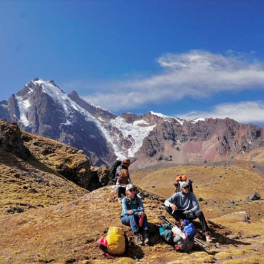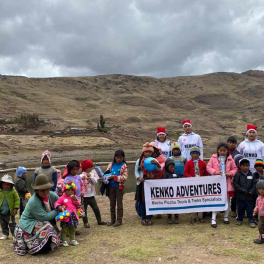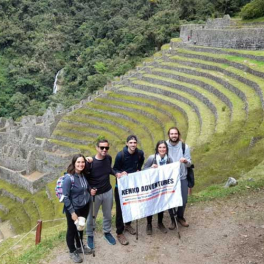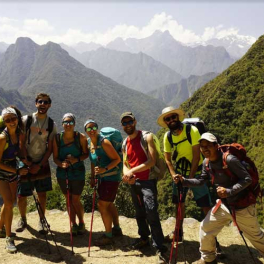We present our real culture life to our clients, hiring people from villages and communities of our region.
PachacĂștec: The Brave Visionary
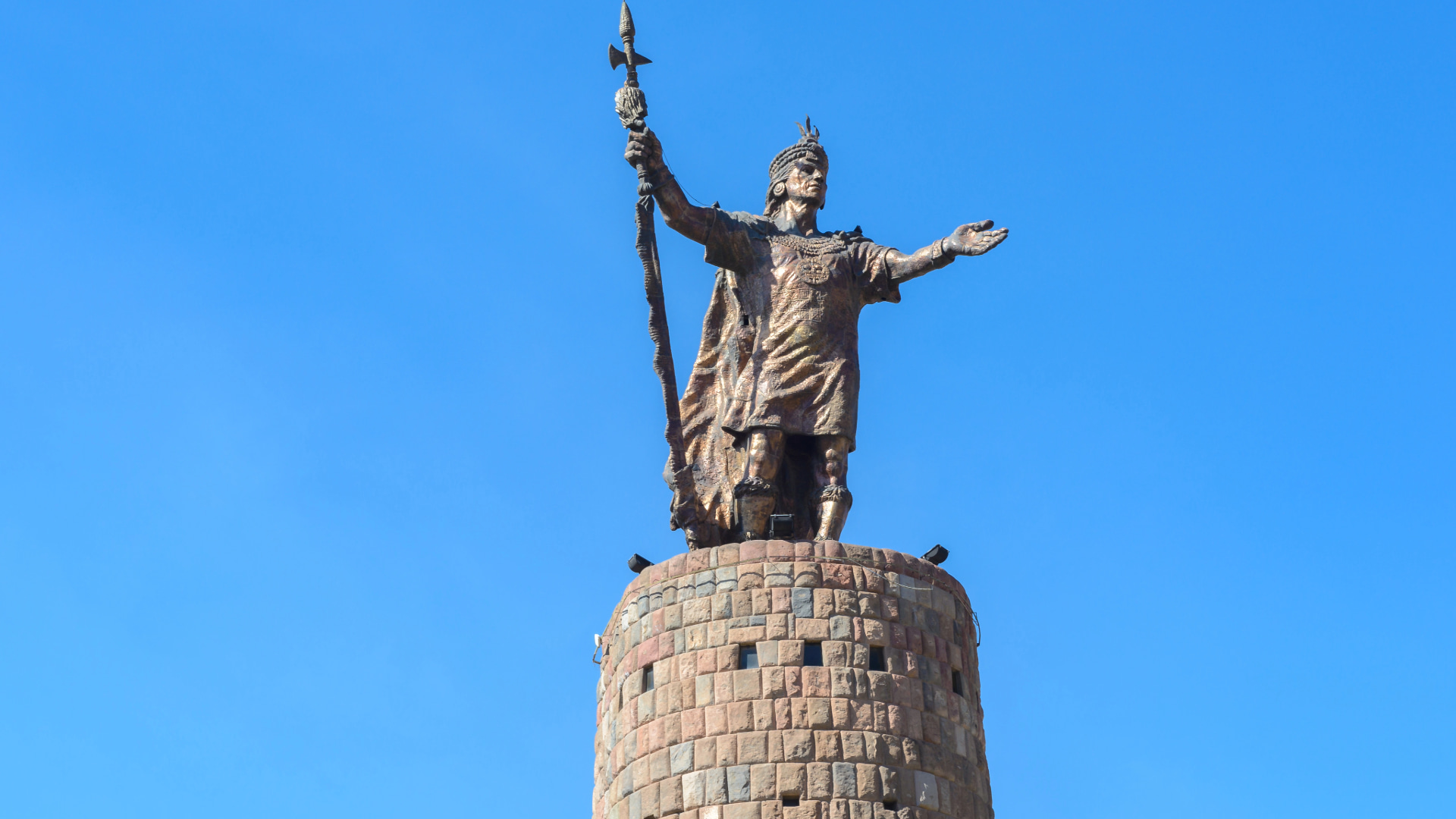
Can the will of a single man forge an empire? Is it possible to challenge fate and change history? In the heart of the Andes, a leader emerged with unshakable determination, ready to defend his people at any cost. His name was PachacĂștec: the architect of the Tahuantinsuyo, the Inca who transformed a kingdom into the most powerful civilization in South America. His story, wrapped in legends and astonishing achievements, left an indelible mark on the history of the New World.
You might also want to check out: A guide to hiking to the Sun Gate (Inti Punku)
The path to power: The battle that changed Cuscoâs fate
PachacĂștec was not born destined for the throne. His father, Inca Huiracocha, had named his brother Urco as heir. But history took an unexpected turn when danger loomed over Cusco. The fierce Chanca warriors, superior in number, marched toward the city. Facing imminent attack, Huiracocha and Urco fled, abandoning Cusco to its fate.
However, Cusi Yupanqui, as PachacĂștec was known before adopting his legendary name, refused to flee. Inspired by a vision of the Sun God, he took up arms and led the Incas into a battle that seemed impossible to win. In Yawarpampa, the "Field of Blood," the Incas defeated the Chancas with a brilliant strategy. Chronicles even tell that the stones themselves turned into warriors to defend Cusco.
That victory marked the dawn of a new era. His courage and leadership convinced his people that he was the rightful ruler. Thus, Cusi Yupanqui became Inca PachacĂștec, a name meaning "the one who transforms the Earth."
You might also want to check out: What animals can i see on the Inca Trail?
The Inca Empireâs transformation: Organization and expansion
PachacĂștec was not just a conqueror; his true greatness lay in his ability to organize. He transformed the Incas into a unified empire, moving beyond the tribal confederation model. He implemented a highly efficient government system, centralizing power in Cusco and structuring the territory into four major regions, known as suyos.
His administration allowed him to control a vast territory stretching from Colombia to Chile and Argentina. Under his command, the Incas built the Qhapaq Ăan, a network of over 30,000 kilometers of roads that connected the entire empire. This system facilitated trade, food distribution, and troop mobilization. Thanks to this network, the chasquis, elite messengers, could carry messages from one end of the empire to the other in just a few days.
In the military realm, he established the Warachicuy, a ceremony where young nobles demonstrated their strength and endurance through rigorous tests. Only those who passed these challenges could become army officers, ensuring a highly trained military elite prepared for expansion.
Who was Pachacuti Inca Yupanqui?
Pachacuti Inca Yupanqui, one of the most renowned emperors of the Inca Empire, reigned from 1438 to 1471. His leadership is remembered for his military victories, strategic alliances, and monumental architectural achievements, all of which contributed to the rise of the Inca Empire as one of the most advanced and powerful civilizations in South America.
Pachacutiâs reign marked a transformative period for the empire, both politically and culturally. Under his leadership, the Inca Empire expanded its territory significantly, and many of its most iconic structures, including the world-renowned Machu Picchu, were constructed. Through his innovations and foresight, Pachacuti shaped the Inca Empire into a highly organized and thriving society. In this article, weâll explore his early life, key accomplishments, and the lasting impact he had on both the Inca Empire and the broader Andean region.
Early life of Pachacuti Inca Yupanqui
Pachacuti, born as Cusi Yupanqui, was the son of Viracocha Inca, the eighth ruler of the Inca Empire. His name, which translates to âJoyful Yupanqui,â foreshadowed his later rise to power and legacy. Growing up in the capital city of Cusco, Pachacuti was immersed in the vibrant culture, traditions, and political complexities of the Inca Empire. Raised as a prince, he was destined for greatness, though not initially as heir to the throne.
As a child, Pachacuti received a comprehensive education, typical for a royal heir. He was tutored by amautas, the highly esteemed scholars of the empire, who imparted their knowledge of governance, diplomacy, warfare, astronomy, and the arts. Under their guidance, he learned not only about the intricacies of leadership but also about the spiritual and military traditions that were central to Inca society. This education prepared him for the role he would later play in the empireâs expansion and development.
Though Pachacuti initially wasn't destined to inherit the throneâhis older brother, Urco, was the chosen heirâthe course of history would soon change. The moment that truly marked his rise came when his father and brother fled Cusco to escape the advancing Chanca warriors, leaving the city vulnerable to attack. At this critical moment, it was the young Cusi Yupanqui who decided to stay behind and defend Cusco. His remarkable leadership and strategic brilliance in the Battle of Yawarpampa, where the Incas defeated the much larger Chanca army, propelled him to the throne. His victory solidified his position as Inca ruler, and he adopted the name Pachacuti, meaning "He Who Transforms the Earth," reflecting his newfound power and vision.
You might also want to check out: History of Pisco Sour and Recipe
Monumental architecture: PachacĂștecâs legacy in stone
PachacĂștecâs vision was also realized through the monumental architecture that still stands today. His passion for greatness materialized in architectural feats that continue to astonish the world. These structures not only symbolized the strength of the empire but also embodied the advanced engineering knowledge of the Incas.
Machu Picchu: The jewel of the Andes
Perhaps the most iconic of all PachacĂștecâs architectural achievements is Machu Picchu, the sacred city nestled in the mountains. This archaeological wonder is not just a place of immense beauty but also a masterclass in engineering. Machu Picchuâs agricultural terraces, meticulously planned drainage systems, and temples designed with astronomical precision reflect the deep understanding the Incas had of their natural environment and celestial movements.
At the heart of the city lies the Intihuatana, a finely carved stone used as an astronomical observatory. Its purpose was to track the movements of the sun and the stars, ensuring that the Incas maintained harmony with the cosmos. Machu Picchu, in its timeless grandeur, is a direct testament to PachacĂștecâs vision of building a legacy that would endure for centuries.
SacsayhuamĂĄn: Fortress and ceremonial center
Another architectural masterpiece from PachacĂștecâs reign is the SacsayhuamĂĄn fortress. Situated high above Cusco, SacsayhuamĂĄn is a stunning example of Inca engineering, with walls made from massive stones that fit together with such precision that not even a knife blade can fit between them. This fortress was more than just a military stronghold; it was also a ceremonial site, where important rituals and celebrations were held.
The significance of SacsayhuamĂĄn extends beyond its military role. The site played an integral part in the cultural and spiritual life of the Incas, serving as a gathering place for the people and a symbol of the divine protection that PachacĂștec sought to provide for his city and empire. The fortress remains a source of fascination for archaeologists and visitors alike.
You might also want to check out: Wildlife & Flora Found in the Inca Trail
Ollantaytambo: A Strategic Inca City
In the Sacred Valley, PachacĂștec left his mark on Ollantaytambo, a city that was both a military stronghold and a center for agriculture. The city is renowned for its terraces, which were carefully carved into the mountainside, creating an extraordinary feat of agricultural engineering. Ollantaytambo also functioned as a ceremonial center, where important Inca rituals were performed. The cityâs strategic location made it a vital part of the empireâs expansion, as it controlled key access routes and provided resources for the growing Inca civilization.
Today, Ollantaytambo stands as the gateway to Machu Picchu, preserving its historical and spiritual significance as a vital Inca hub. The city continues to serve as a reminder of PachacĂștecâs foresight in securing the empireâs future.
A legacy That endures in history
PachacĂștecâs impact transcended his lifetime. His transformation of Cusco from a small curacazgo into the capital of South Americaâs greatest empire stands as a testament to his genius. He didnât just impose power through military might, he built a sophisticated empire through strategic vision, effective governance, and the ability to integrate diverse cultures under a single rule.
Today, his name is synonymous with greatness. His architectural masterpieces remain standing, his roads still connect Andean communities, and his legacy lives on in Andean culture and traditions. PachacĂștec was more than a conqueror; he was a visionary who redefined the history of the Andes.
Behind every Inca structure, there is a story; a story of a man who defied fate and built an empire.

